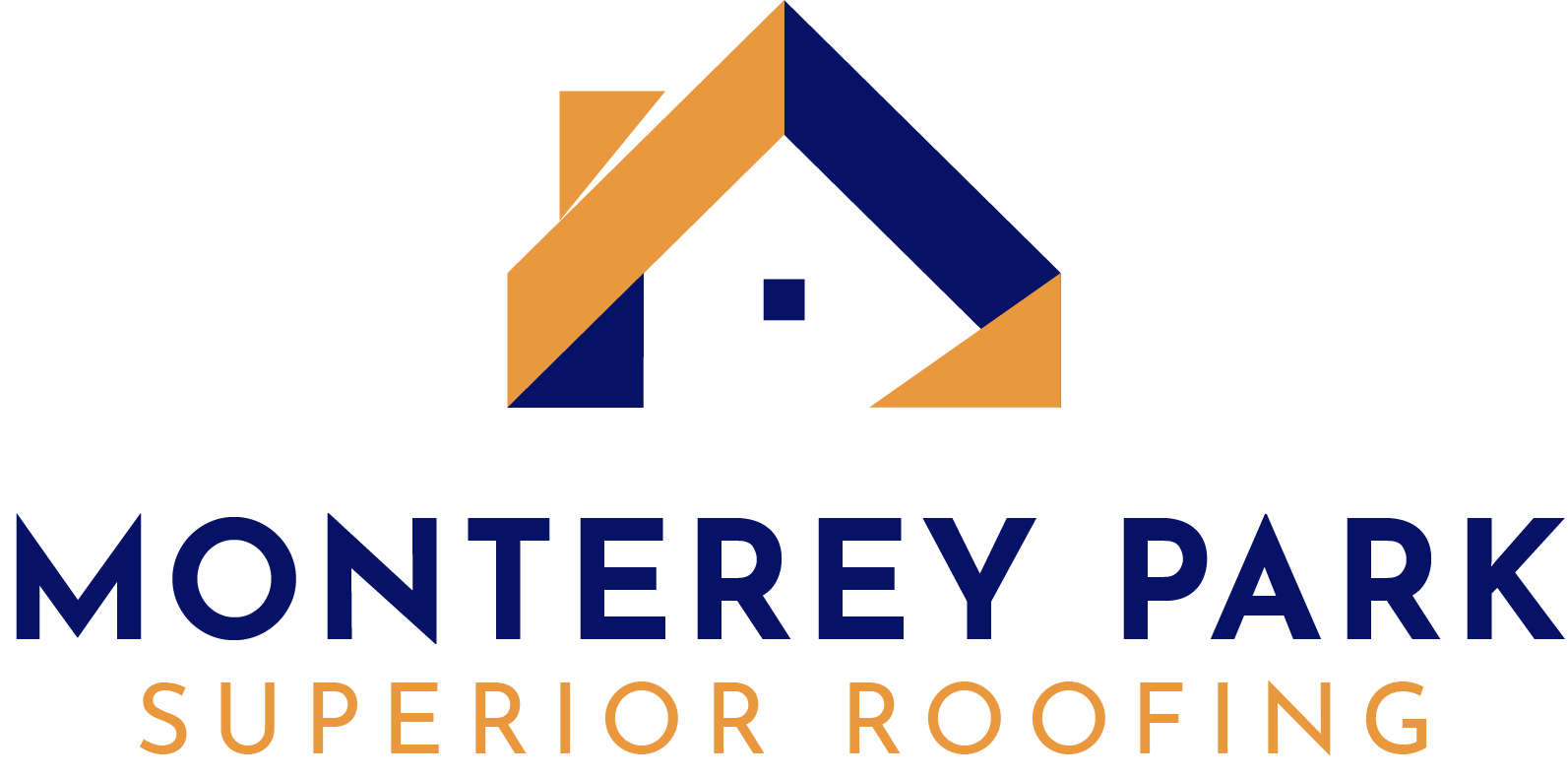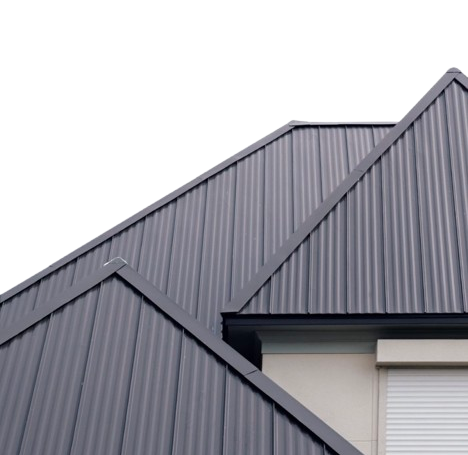Roof Decking Replacement in Monterey Park, CA
Monterey Park Superior Roofing specializes in professional roof decking replacement that addresses critical structural integrity issues caused by water damage, wood rot, and plywood deterioration compromising your building's protection. As the essential roof substrate supporting all roofing materials, damaged decking creates sagging roof conditions, weakens nail-holding capacity, and allows moisture intrusion that threatens your property. We expertly remove compromised plywood sheathing or OSB (Oriented Strand Board) and install premium-grade CDX plywood, structural plywood, or DensDeck gypsum board meeting California building codes. Our comprehensive approach includes thorough moisture inspection, rot repair, proper underlayment installation, and ventilation assessment to prevent future deterioration. Serving Monterey Park, CA and the greater San Gabriel Valley, we handle both commercial flat roof decking systems and residential pitched roof replacements with precision and efficiency.
Our experienced team understands that Monterey Park's climate—with intense summer heat, seasonal Santa Ana winds, and winter rainfall—accelerates decking degradation through thermal expansion and moisture exposure. We provide detailed assessments identifying soft spots, panel separation, and hidden damage before replacement begins. Using materials from trusted manufacturers like Georgia-Pacific, Huber Engineered Woods, and LP Building Products, we ensure long-term durability. Whether you need complete decking replacement during a roof tear-off or targeted repairs for isolated damage, Monterey Park Superior Roofing delivers solutions that restore your roof's foundation and extend your entire roofing system's lifespan.
Why Monterey Park Superior Roofing is the Best Choice for Roof Decking Replacement
With 28 years of experience serving Monterey Park, CA and the San Gabriel Valley, we understand the specific challenges affecting roof decking in this area. Located eight miles east of downtown Los Angeles, Monterey Park experiences powerful Santa Ana winds reaching 40-60 mph that can cause wind uplift and stress on compromised decking, combined with summer temperatures exceeding 95 degrees that accelerate plywood deterioration through thermal expansion. Winter rainfall concentrations test aging decking systems, particularly in the area's many mid-century buildings constructed with older plywood sheathing standards that may no longer provide adequate protection.
Our expertise extends to Monterey Park's diverse building stock—from commercial structures along Atlantic Boulevard and Garvey Avenue to residential neighborhoods with varying architectural styles. We frequently address decking issues in older apartment complexes where decades of moisture exposure have caused wood rot and structural weakness. Our process includes comprehensive moisture mapping to identify all damaged areas before removal, followed by installation of CDX plywood or OSB meeting current California Title 24 building codes for wind resistance and fire safety.
We offer decking reinforcement and thickness upgrades particularly valuable for older Monterey Park properties transitioning to heavier roofing materials like tile. Our efficient scheduling minimizes disruption for commercial tenants and residential families while maintaining strict safety protocols. Through transparent communication and reliable timelines, we ensure clients understand each project phase from initial assessment through final inspection and cleanup.
Signs Your Roof Decking Needs Replacement
Recognizing the early signs of roof decking damage can prevent costly repairs and preserve your roof system’s integrity. We focus on key indicators that point to structural issues, moisture problems, and energy inefficiencies that commonly arise from compromised decking.
Visible and Hidden Indicators of Damage
We look for both obvious and subtle signs that your roof decking may be failing. A sagging or uneven roofline is a primary visible cue that the decking is losing its ability to support the roof’s weight. Soft or spongy areas felt when walking on the roof indicate moisture has weakened the wood beneath the shingles.
Hidden damage often requires a thorough roof inspection. Attics showing darkened or crumbling wood beneath the roofing material reveal decay. These issues are less noticeable but critical in assessing decking damage before it leads to collapse or further deterioration.
Water Damage, Stains, and Mold
Water infiltration is the leading cause of roof decking damage. During our inspections, we check for water stains and damp spots in the attic. These signs suggest roof leaks that have allowed water to seep into the decking, potentially causing rot.
Mold and mildew growth in the attic or on ceiling surfaces signals prolonged exposure to moisture. Poor attic ventilation often exacerbates this problem by trapping humidity, accelerating the breakdown of the wood. Early detection and replacement of damaged decking prevent mold from spreading and affecting indoor air quality.
Impacts of Structural Weakness
When roof decking is compromised, it affects the entire roof system’s stability. We observe how damaged decking leads to increased strain on shingles and other roofing materials, accelerating their failure. This weakness can result in costly repairs or full roof replacement if left unaddressed.
Damaged decking also reduces energy efficiency by allowing air leaks that force heating and cooling systems to work harder. Replacing the decking restores proper insulation support, improving overall home comfort and lowering energy bills. Addressing structural weakness promptly maintains your roof’s protection and performance.
Our Professional Decking Replacement Process
Our approach to roof decking replacement ensures a durable, code-compliant foundation for your roofing system. We carefully assess the existing structure, remove all compromised materials, and install new decking with precise techniques. The final steps include thorough roof installation and quality inspections to guarantee long-term performance and safety.
Initial Roof Inspection and Project Assessment
We begin with a comprehensive inspection to evaluate the condition of your roof decking and underlying support. This includes checking for sagging, water damage, rot, and signs of mold or mildew. Our roofing contractor team utilizes moisture meters and visual checks from the attic and roof surface to identify compromised areas.
Based on our findings, we outline the scope of the project and recommend whether a full decking replacement or targeted repairs are necessary. We also inspect rafters and trusses for structural integrity. This step helps us develop a precise plan that meets local building codes and manufacturer warranty requirements.
Removal of Damaged Roofing
Materials
Once the assessment is complete, we start by removing existing shingles, flashing, underlayment, and all deteriorated decking panels. Our team protects your property with tarps and uses specialized tools to ensure a clean tear-off. Proper disposal of debris is handled efficiently to keep your site safe and tidy.
This step is critical because hidden damage beneath old roofing materials can compromise the entire system. Our experienced crews carefully expose the structure, allowing us to inspect and address any additional hidden issues such as rotted rafters or damaged flashing during this phase.
Installing New Decking Panels
We install new decking using high-quality 7/16-inch OSB or 1/2-inch plywood panels, chosen based on project specifics. Installation follows strict standards: panels are staggered like bricks, and H-clips are used to maintain proper 1/8-inch spacing for thermal expansion. We adhere to the National Roofing Contractors Association (NRCA) nailing pattern for maximum uplift resistance.
This precise installation strengthens the roof system, providing a flat and stable base for shingles and underlayment. Our choice of materials balances durability and cost-efficiency, tailored to the climate and roofing style in Monterey Park, CA.
Final Roof Installation and Quality Check
With new decking in place, we apply a high-quality synthetic underlayment, combined with a self-adhering ice and water shield in vulnerable areas such as eaves and valleys. Flashing and drip edges are replaced or reinstalled to ensure proper water runoff and sealing.
Finally, roofing materials such as shingles are installed according to manufacturer specifications. We conduct a thorough quality check to confirm all components are secure, properly aligned, and functioning optimally. Our goal is a roofing system that protects your property and stands up to Monterey Park’s environmental conditions.
Roof Decking Replacement FAQs
How much does roof decking replacement cost in Monterey Park?
Roof decking replacement costs $3 to $7 per square foot for materials and labor. An average 1,500 square foot residential roof costs $4,500 to $10,500 for complete replacement using CDX plywood or OSB sheathing. Partial replacement for isolated damage runs $500 to $2,000. Commercial flat roof decking using structural plywood or DensDeck gypsum board costs $5 to $9 per square foot due to thicker materials and structural requirements. Insurance typically covers decking replacement caused by storm damage or covered perils.
What are signs my roof decking needs to be replaced?
Visible sagging or dipping areas indicate compromised decking. Interior signs include water stains on ceilings, daylight visible through attic boards, musty odors, and soft or discolored wood. Exterior indicators include wavy or uneven shingles, missing shingles in concentrated areas, and visible holes or rot. During attic inspections, look for dark staining on plywood sheathing, crumbling or spongy wood, mold growth, and panel separation requiring immediate professional evaluation.
Can you replace just the roof decking without replacing the entire roof?
Yes, Monterey Park Superior Roofing can replace damaged sections without full roof replacement when deterioration is localized. We remove shingles, underlayment, and ice and water shield in affected areas, replace compromised plywood or OSB panels, then reinstall matching materials. This works for storm damage, isolated leaks, or areas around chimneys and skylights. However, if your roof nears end-of-life or has widespread damage, complete replacement becomes more cost-effective.
How long does roof decking replacement take?
Complete residential decking replacement takes 2 to 4 days depending on roof size and complexity. An average 1,500 square foot roof typically requires 2-3 days including tear-off, CDX plywood or OSB installation, and re-roofing. Partial replacement for isolated sections takes 1 to 2 days. Commercial projects vary from 3-5 days for small buildings to 1-2 weeks for larger structures. Tile roofing systems and steep pitches add time due to careful material handling.
What type of roof decking is best for my roof?
CDX plywood in ½-inch or ⅝-inch thickness is ideal for pitched residential roofs due to superior strength, moisture resistance, and nail-holding capacity. OSB (Oriented Strand Board) offers a budget-friendly alternative for standard applications. Commercial flat roofs typically use ⅝-inch structural plywood or DensDeck gypsum board. Tile roofs benefit from thicker ⅝-inch or ¾-inch plywood to support additional weight. Monterey Park Superior Roofing recommends ½-inch minimum for optimal performance, though your choice depends on roofing material, pitch, and wind ratings.

